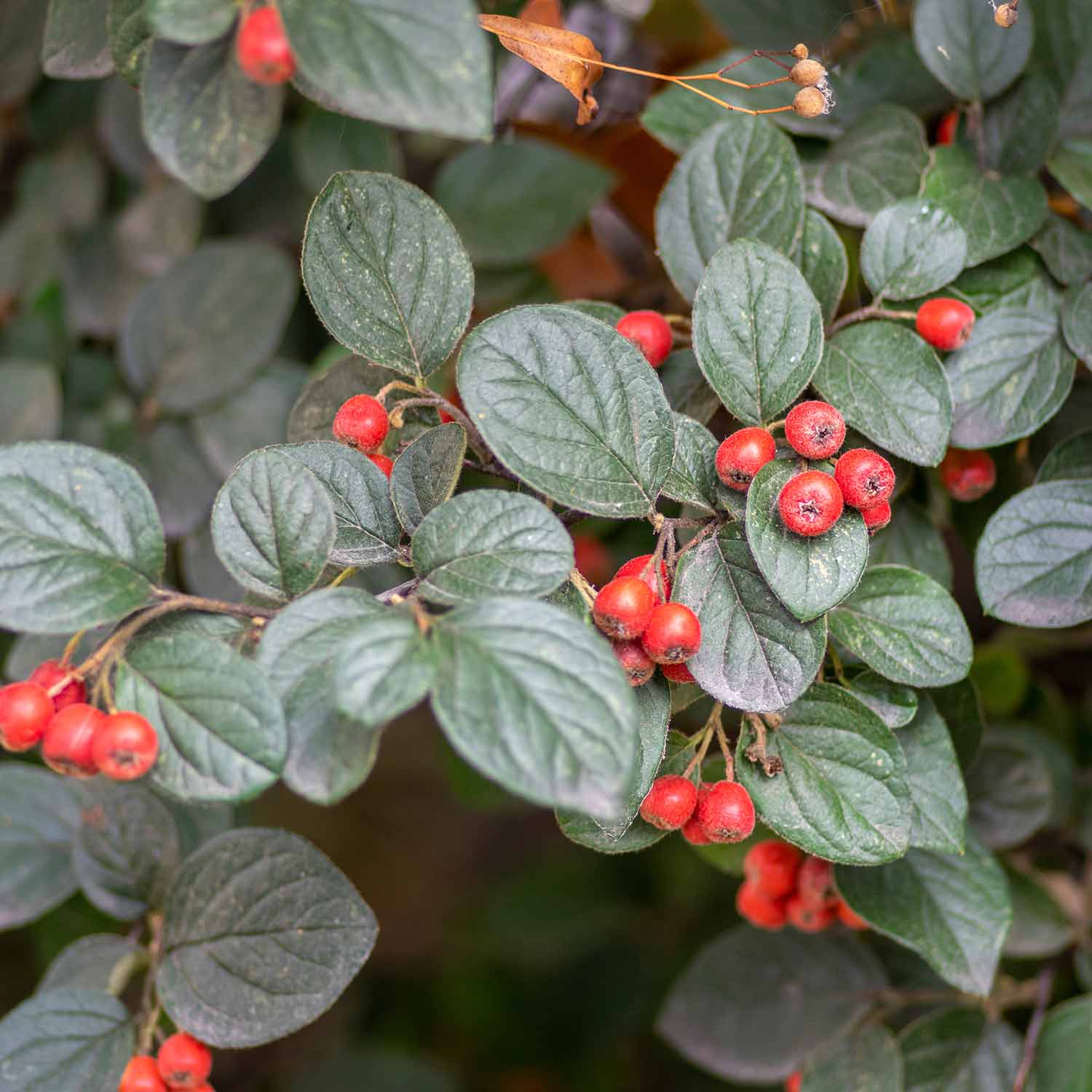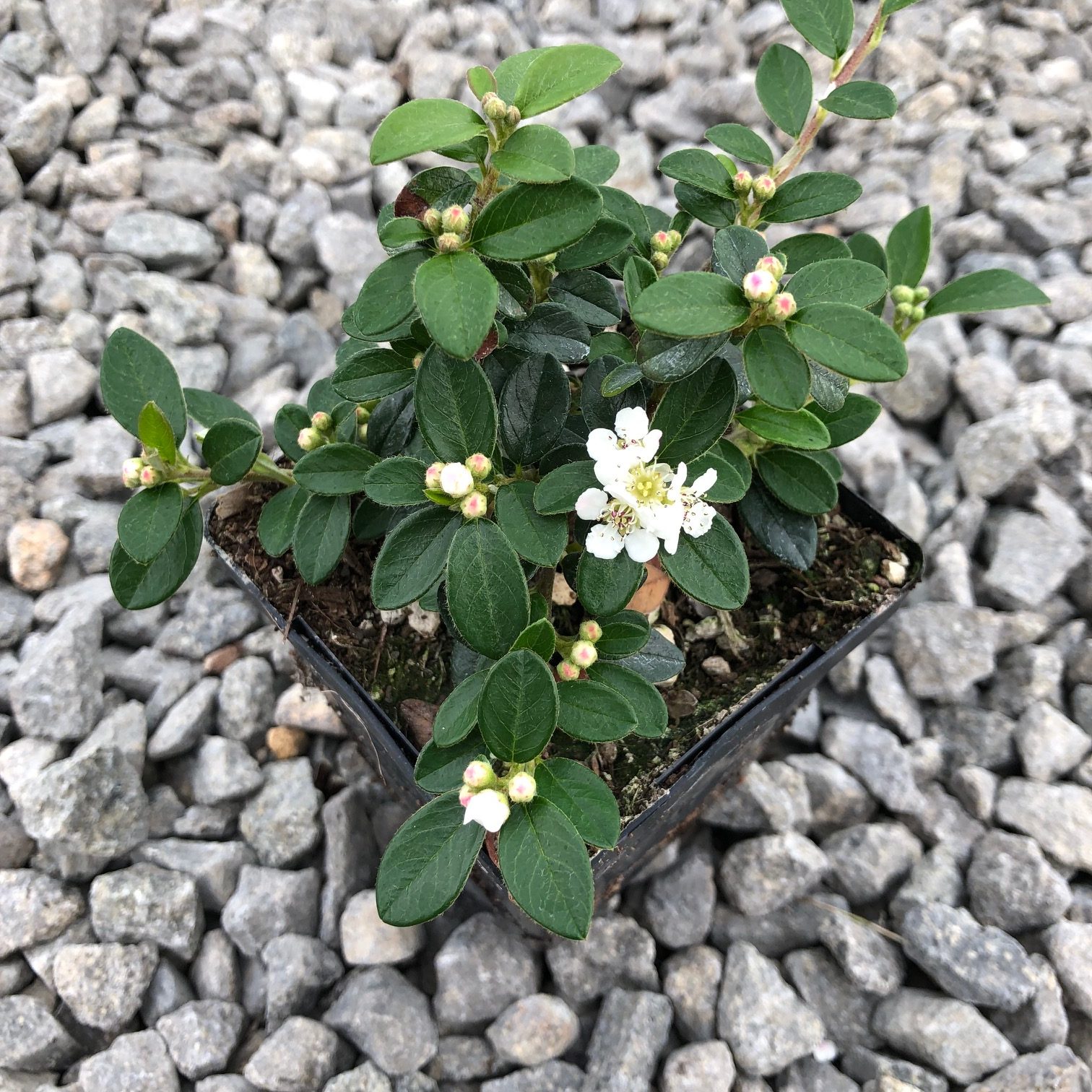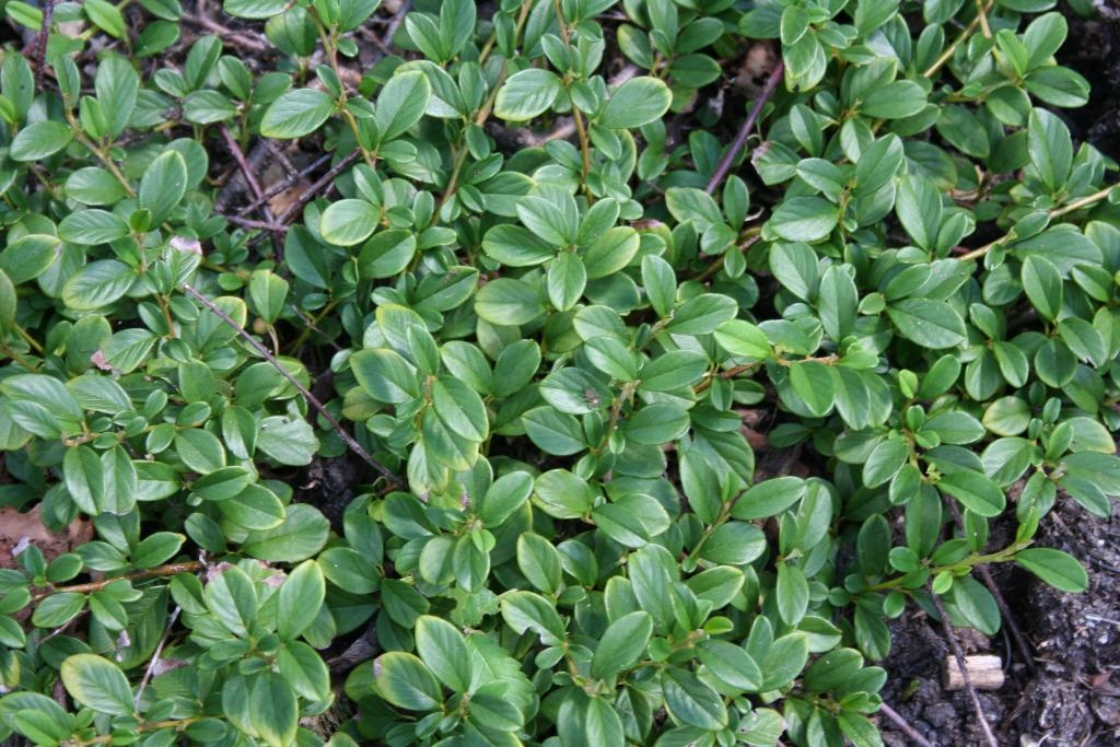Cotoneaster Dammeri: The Ultimate Guide To Growing This Lowmaintenance Beauty
Here are some additional tips for growing Cotoneaster Dammeri:
- Cotoneaster Dammeri is a deer-resistant plant, so it is a good choice for areas where deer are a problem.
- Cotoneaster Dammeri can be propagated by seed, cuttings, or layering.
- Cotoneaster Dammeri is a good choice for use in rock gardens, borders, and groundcovers.
Cotoneaster dammeri is a beautiful and versatile groundcover that is perfect for adding interest to your landscape. It is hardy in zones 4-8, and it can be grown in full sun or partial shade. Cotoneaster dammeri is also drought-tolerant, making it a low-maintenance choice.
If you are interested in learning more about cotoneaster dammeri, please visit Home Gardening. This website has a wealth of information about the plant, including its care requirements, growing tips, and varieties.
FAQ of cotoneaster dammeri
- What is cotoneaster dammeri?
- Cotoneaster dammeri is a low-growing, evergreen shrub that is native to Europe and Asia. It is known for its attractive foliage, which is dark green in summer and turns red or orange in autumn. Cotoneaster dammeri also produces small, white flowers in spring, followed by red berries in summer.
- How to care for cotoneaster dammeri?
- Cotoneaster dammeri is a relatively easy plant to care for. It prefers moist but well-drained soil and full sun or partial shade. It is also tolerant of drought and salt. Cotoneaster dammeri should be pruned in late winter or early spring to remove dead or damaged branches.
- How to propagate cotoneaster dammeri?
- Cotoneaster dammeri can be propagated by stem cuttings or by division. To propagate by stem cuttings, take 4-6 inch cuttings from healthy, non-flowering shoots in summer. Plant the cuttings in a well-draining potting mix and keep them moist. The cuttings should root in 4-6 weeks. To propagate by division, dig up a mature cotoneaster dammeri plant in spring or fall and divide it into smaller sections. Replant the sections in their own pots or in the garden.
- Is cotoneaster dammeri invasive?
- Some varieties of cotoneaster dammeri are considered invasive in certain areas. If you are unsure whether a particular variety is invasive, it is best to check with your local nursery or garden center.
- What are some common pests and diseases of cotoneaster dammeri?
- Cotoneaster dammeri is susceptible to a few pests and diseases, including aphids, scale insects, and powdery mildew. These pests and diseases can be controlled with insecticidal soap or neem oil.
Image of cotoneaster dammeri
- Cotoneaster dammeri in full bloom.
- A close-up of the flowers of cotoneaster dammeri.
- A cluster of cotoneaster dammeri berries.

- A cotoneaster dammeri shrub in winter.

- A cotoneaster dammeri groundcover in a garden.

- A cotoneaster dammeri hedge.

- A cotoneaster dammeri bonsai tree.

- A cotoneaster dammeri in a pot.

- A cotoneaster dammeri in a woodland setting.

- A cotoneaster dammeri in a rock garden.


Post a Comment for "Cotoneaster Dammeri: The Ultimate Guide To Growing This Lowmaintenance Beauty"